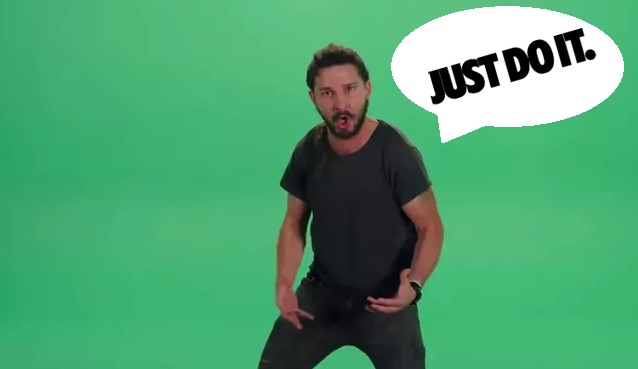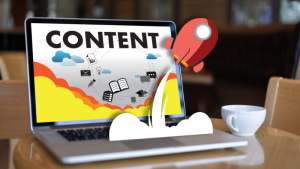While the size of the platform gap varies from station to station, and from country to country, the spatial gap you must traverse to enter or exit a train, subway, or metro car is usually just a few inches wide. And despite the fact that falls into the platform gaps on the Long Island Rail Road (LIRR) – that travels between New Jersey and New York – have decreased by 80% since 2007, falls still happen every year.
This example serves to demonstrate that no matter how small the gap is between where you are and where you’re headed, there’s still enough room to fall if you fail to “mind the gap.”
So much of digital marketing (and marketing/advertising in general) depends on the ability to produce creative, quality content that simultaneously solves problems and promotes a product or service. Something digital marketers must do, however, is to identify the “gaps” – no matter how small! – in clients’ content strategies to meet potential customers and consumers where they need the most help.
Customers are always hypothetically traveling from place to place, in terms of where they are in your organization’s sales funnel or where they should be in your retention plan, etc. They are also constantly seeking information that meets their unique needs at various points of their collective journey, and the “gaps” in your clients’ content strategies are likely significant enough that they’re losing opportunities to speak to new potential customers.
What can you do to fill in the gaping holes in your clients’ content strategies?
Use your buyer personas
The buyer personas you have created that resemble real customers your clients have are an important part of identifying the gaps in a content strategy. Do the following things to take a baseline temperature of the content your client has and is currently creating:
- Assess whether blog content helps a buyer persona in a particular way
- Compare existing email nurture campaigns to the challenges and goals that your buyer personas have
- Determine whether any visual or video content that’s been created reflects the pain points a client helps solve for a particular buyer persona
- Evaluate whether existing and current social media postings reflect messaging that resonates with the buyer personas that have been created
- Figure out whether or not webinars have adequately demonstrated the client’s industry expertise
- Survey existing customers to help you classify what content that has been created is most useful for them
Leverage your customer journey maps
In addition to using your buyer personas to identify gaps in content strategies, look to leverage the customer journey maps you have created for your clients. If you have followed the method I discussed in Part 3 of this series, you have developed an extremely unique series of questions that customers are likely asking at various buying stages. In addition, you will have a carefully crafted list of answers that address the numerous questions customers have.
With these sets of questions and answers, instead of simply coming up with an idea that sounds awesome for a blog post, infographic, or white paper, you can create content that targets a specific type of customer, at a specific point in the buyer journey (or in the sales funnel if that’s how you’re thinking about it).
You can compare the Q & A piece of each customer journey map against all of your existing content to identify whether or not you’ve addressed the specific needs of your potential and existing customers. As you do this, you will pinpoint specific moments in a buyer persona’s journey that you are not currently addressing with content. With the customer journey maps, you have a well of information and knowledge about your potential customers that you can draw from to educate, solve, and fix problems, demonstrate industry expertise, validate concerns, and help build loyalty.
Now what?
Utilizing buyer personas and customer journey maps as a tactical framework for learning about your customers (or your client’s customers) will ultimately reap huge rewards. You’ll be able to develop authentic content that serves a real purpose, and that mutually benefits the content creators and the content consumers.
Now you know how to do it all. Deciding whether or not to start doing all of this? I’ll let Shia Labeouf have the last word:

Much Success,



